Nino Schurter wins World Cup #1 on 650b wheels
Halfway between 26 and 29...
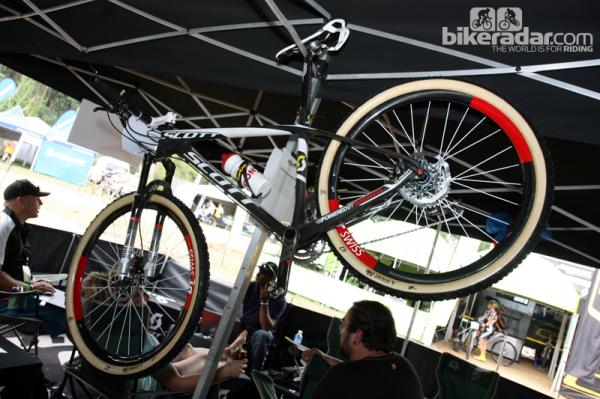
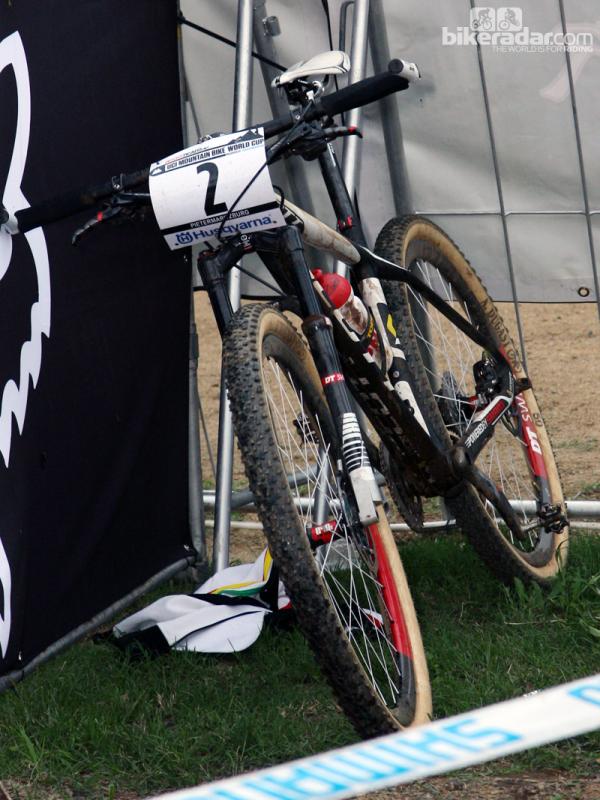
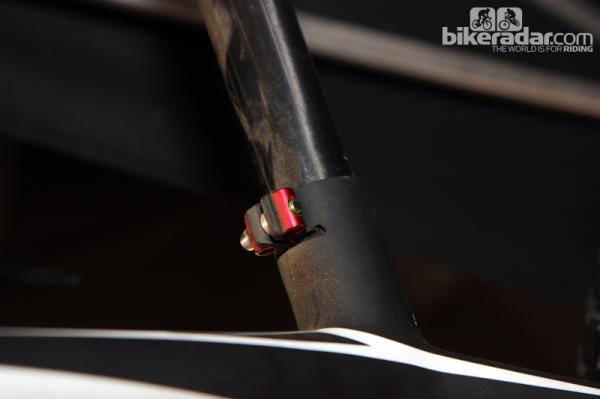
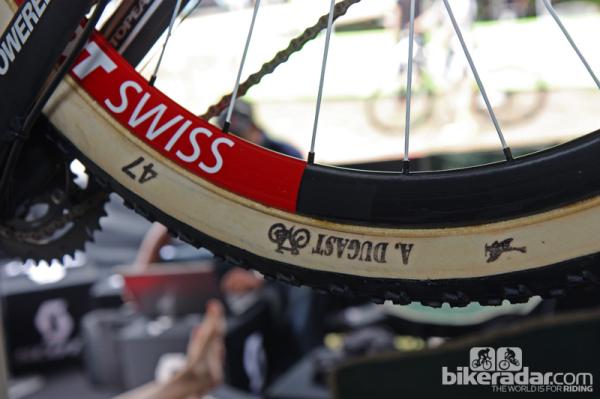
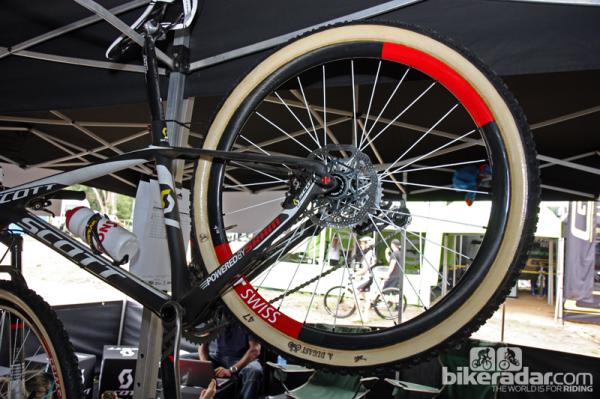
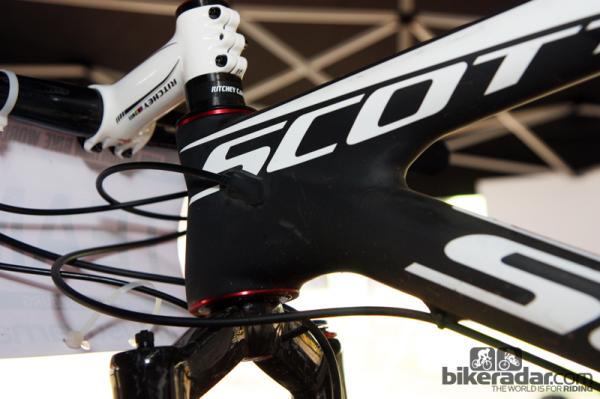
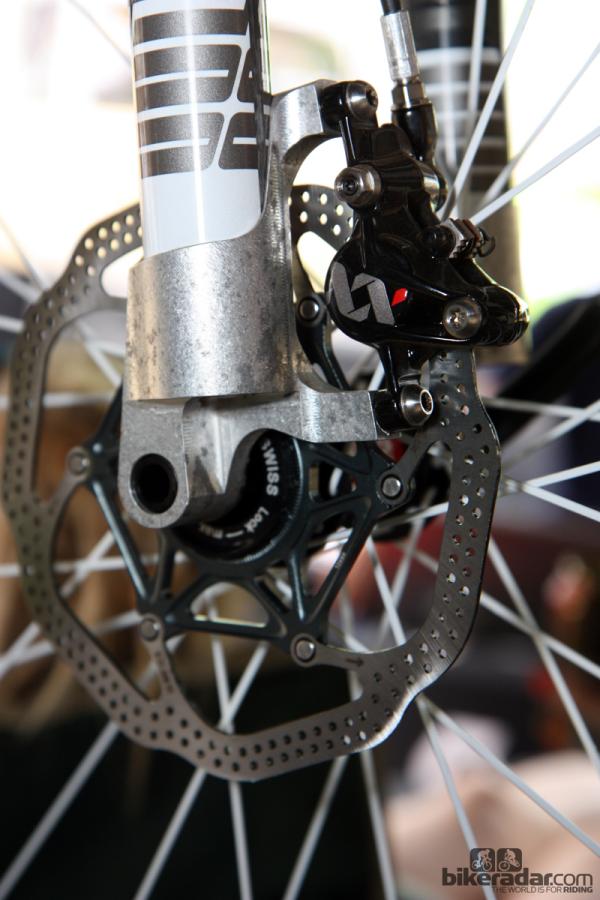
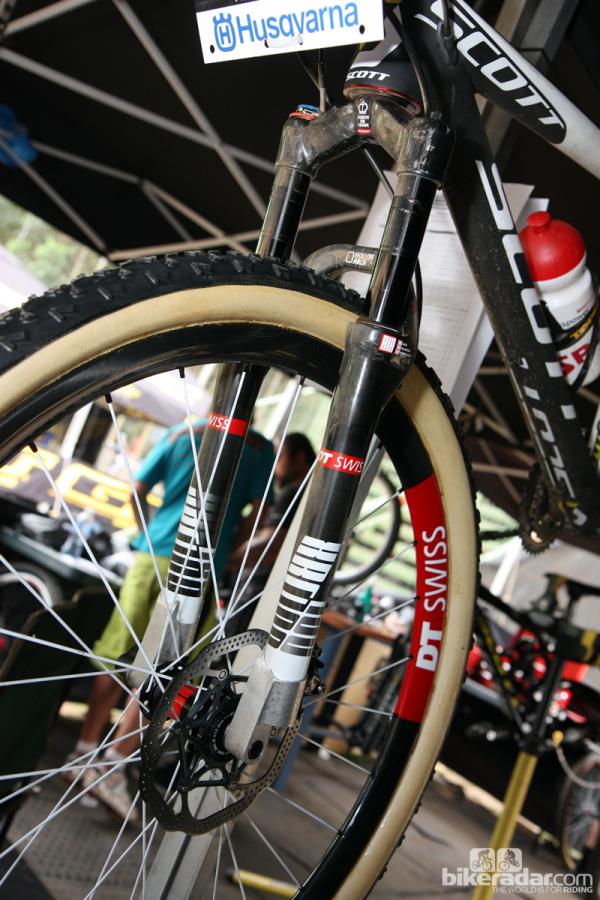
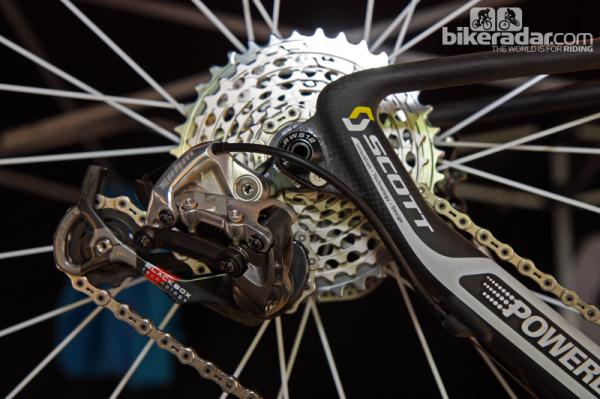
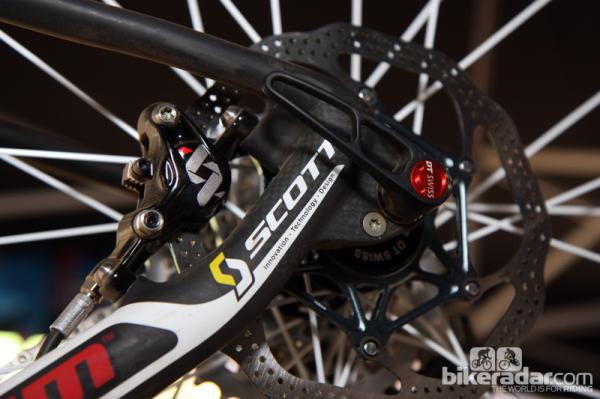
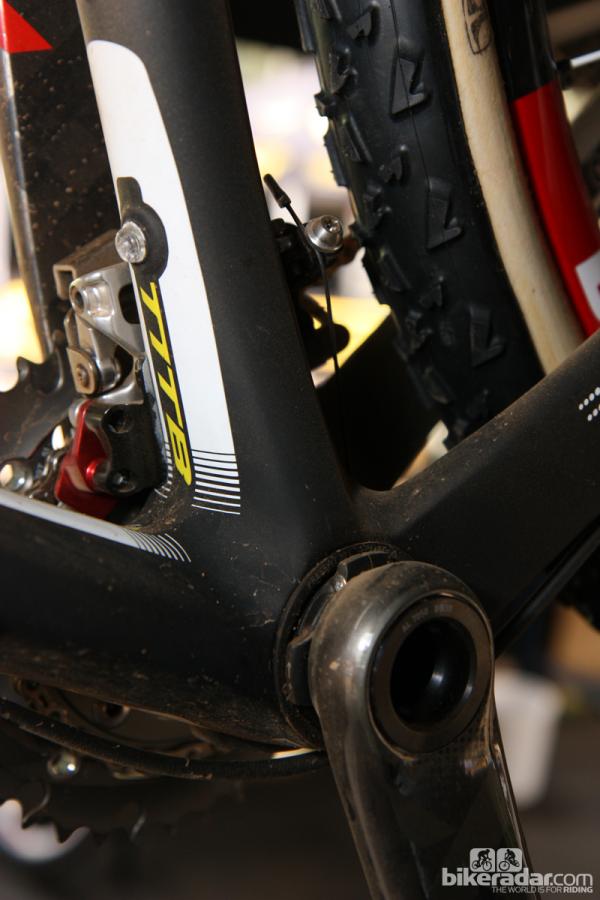
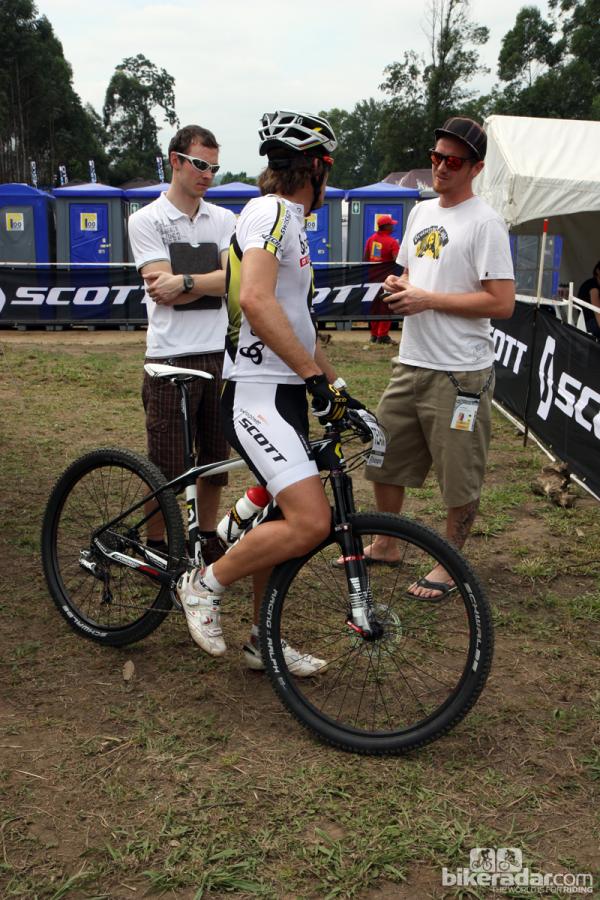
This article originally published on BikeRadar
Former UCI World Champion Nino Schurter (Scott-Swisspower) repeated last year's win in Pietermaritzburg with a late burst to hold off local favorite Burry Stander (Specialized). Schurter's athletic performance was cause for impressive on its own but the fact that he did so on a new Scott Scale carbon hardtail with 650b wheels was cause for even more discussion.
Alternative wheel sizes are nothing new at this point – after all, two-niners are hardly considered a novelty these days. But while big-wheelers have taken well over a decade to be widely accepted in the pro ranks – especially in Europe – Schurter's win on 650b size after being barely a blip on the radar in just 2008 signifies a much more ready attitude among the competitive crowd.
According to team director (and racing legend) Thomas Frischknecht, 650b struck the team as being the perfect in-between size offering advantages similar to the best attributes of both formats but with little compromise.
"We had some tests here in South Africa in December when we had the 26, the 27.5, and the 29er all built up exactly the same with the same wheels and everything," Frischknecht told Cyclingnews just prior to the start of the race. "We tested them in a group of three pretty intensely over fourteen days and we came to the conclusion that in a lot of ways, the 27.5 feels like 26 in tight stuff in tight, technical, and slower stuff but it rides more like a 29er on faster singletrail and just basically gives you almost the same safe feel, almost like you get on a 29-inch wheel. Our conclusion after those tests was that it's not a compromise – it combines the best of both worlds and we're totally convinced this is the way to go."
Frischknecht added that much of the motivation for going with 650b in the first place was due to the height of team riders Schurter and Florian Vogel, who stand at 1.73m and 1.74m, respectively.
"Nino always had a hard time finding his position on the twenty-niner because he has a very sporty position on his bike having his handlebar very low," he said. "Even on his 26-inch he goes without spacers or anything and with the twenty-niner he had to compromise his position on the bike. He liked the wheels themselves but he could never get the position right for his size.
Get The Leadout Newsletter
The latest race content, interviews, features, reviews and expert buying guides, direct to your inbox!

Thomas Frischknecht's bike as shown here is built with a few spacers but Scott-Swisspower team rider and Pietermaritzburg World Cup winner Nino Schurter slams his setup as low as possible.
"We just figured that going from 26 to 29 is too big of a jump," 'Frischy' continued. "People generally say that people taller than 175 centimeters [5' 9" – ed.] are perfect for a 29er but people that are shorter should stick to a 26. But if you look at the core group of riders, they're all 175 centimeters! So you're right in the middle of those sizes and with 27.5, you basically hit the right proportion for the core group of mountain bikers."
Frischknecht added that while team riders have been testing the format for some time now – Schurter in fact apparently won last weekend's event on the same bike – Scott-Swisspower was purposely trying to keep the wraps on the project hoping for a technical advantage leading into this year's Olympic Games.
"We've been working on this project for over a year. It's the Olympic project for Florian and Nino and we wanted to keep it under cover as long as possible. Even though Nino won last weekend's race on 650b, no one realized it. It's not obvious.
"This is so far a racing-specific project that was made for Florian and Nino to have something new to be a step ahead for the Olympic Games," Frischknecht continued. "The Olympic course is one of the reasons why we went that way. There are a lot of switchbacks with tight turns where a 26-inch bike rides better than a 29er but then you have a lot of gravel, faster stuff, and man-made technical parts where a 29er works better on those rocks. Everyone that has to choose between a 26er and a 29er has to make compromises either way and we feel we are in the target with this bike."
What is obvious, though, is how incredibly light Schurter's bike was in Pietermaritzburg. We weren't able to weigh it ourselves but Frischknecht claims it weighed just 7.9kg (17.4lb) in full race trim. Key components include the specially built Scott Scale carbon fiber hardtail with 650b-specific geometry and thru-axles front and rear, a custom-built DT Swiss fork, a SRAM XX group, DT Swiss carbon fiber tubular wheels, 50mm-wide Dugast tubular tires, and a smattering of Ritchey bits filling out most of the rest.
Lest you conclude this was just a one-off special project, keep in mind that while Frischknecht has a nearly identical 650b test bike of his own, he also has a second set of wheels built with Stan's NoTubes ZTR tubeless aluminum wheels and production-grade Schwalbe tires. Widespread – and well substantiated, we might add – rumors have suggested that a substantial number of other major brands are tossing their hats into the 650b ring as well.
Frischy couldn't say whether Scott was planning on expanding the 650b idea from a team-only concept to a consumer version or even to other mountain bike categories but Scott PR and marketing director Adrian Montgomery offered Cyclingnews some insight.
"We are still testing the 27.5" and we have no commitment yet of bringing it to production," he said. "It is fantastic to have the first World Cup win on the tire standard. Whether or not the consumer market is ready for it yet is still to be determined. We are on the pulse, and when/if we deliver a product with that wheel standard, it will be right."
Perhaps it's a case of two-niners having already 'broken in' the rest of the industry to the idea of non-standard wheel sizes but regardless, consider this moment to be the likely end of the speculation. 650b is coming, the industry has clearly signaled moves in that direction, on paper it makes a lot of sense for general consumers, and after this groundbreaking victory, we can't help but wonder how long it will be before other companies follow suit.